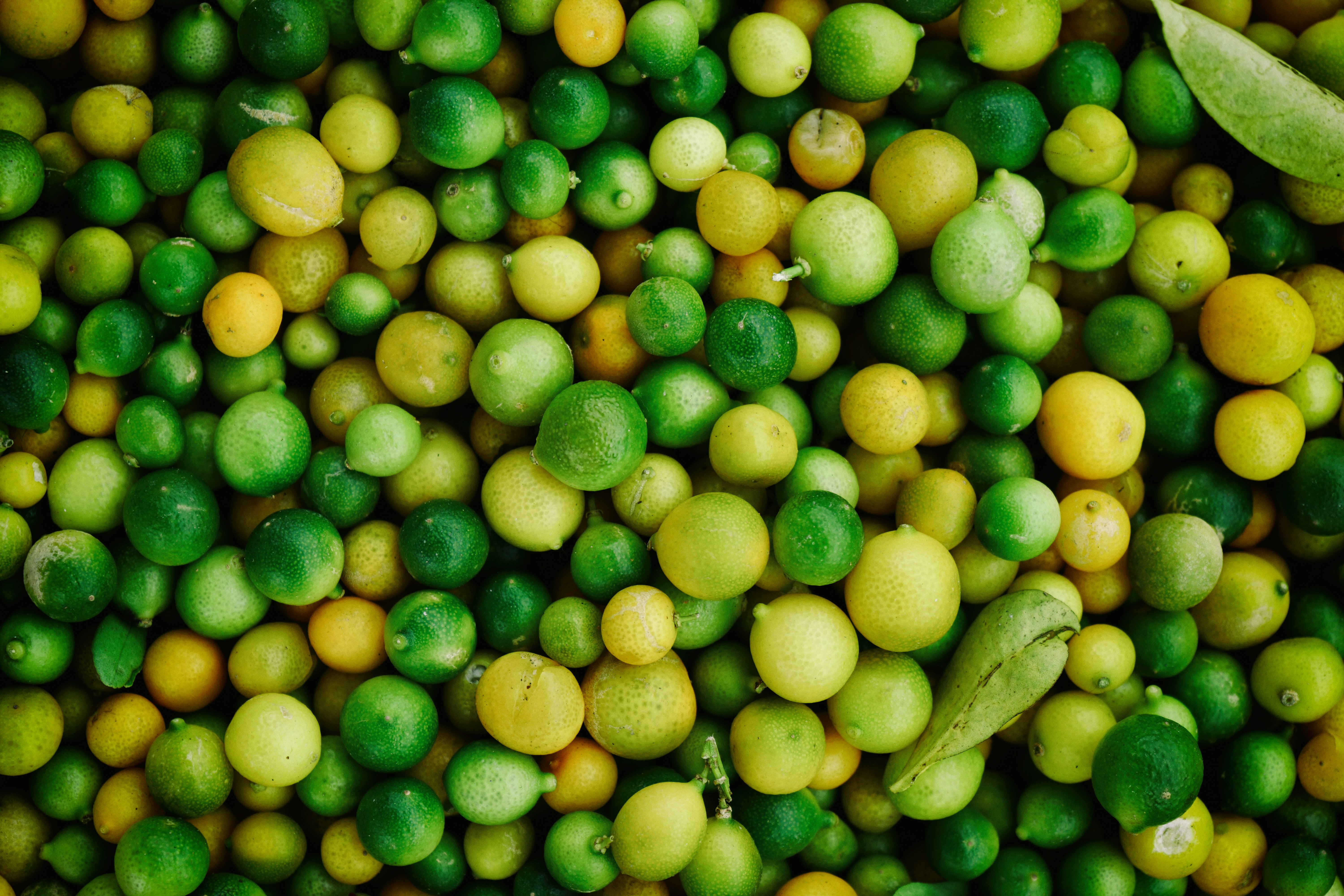
Anyone can be a gardener and you can too! All you need is a balcony or small plot of land and you can start growing your own food. To some people, the very idea of caring for other living things can be scary – what if all the plants die? Here’s the trick: start small and grow plants that can thrive in your area naturally. No green thumb is needed if you plant local.
An expert gardener has provide ten simple tips for first timers. You can do it!
2. START SMALL
If you are planning how to start a vegetable garden in your backyard then the potential size is likely dictated by what yard space you have. Some people may have grand plans when planning a kitchen garden, though if you are new to vegetable gardening then it may be best to start with a small space.
Starting with focusing on small vegetable garden ideas allows you to learn and get that satisfaction without the risk of getting frustrated by a large vegetable garden that gets weedy and out of control quickly. By starting small it means you can get a feel for how long things take to grow and nurture and the time involved in weeding, watering, fertilizing and harvesting.
It can take up more time than first expected and no-one wants to get disillusioned by turning over a huge space in their backyard to a vegetable garden that they don’t actually have the time in their busy lives to tend. If you do want to transform a large area, then it can be done slowly or sections not cultivated covered with thick cardboard or plastic to smother weeds.


